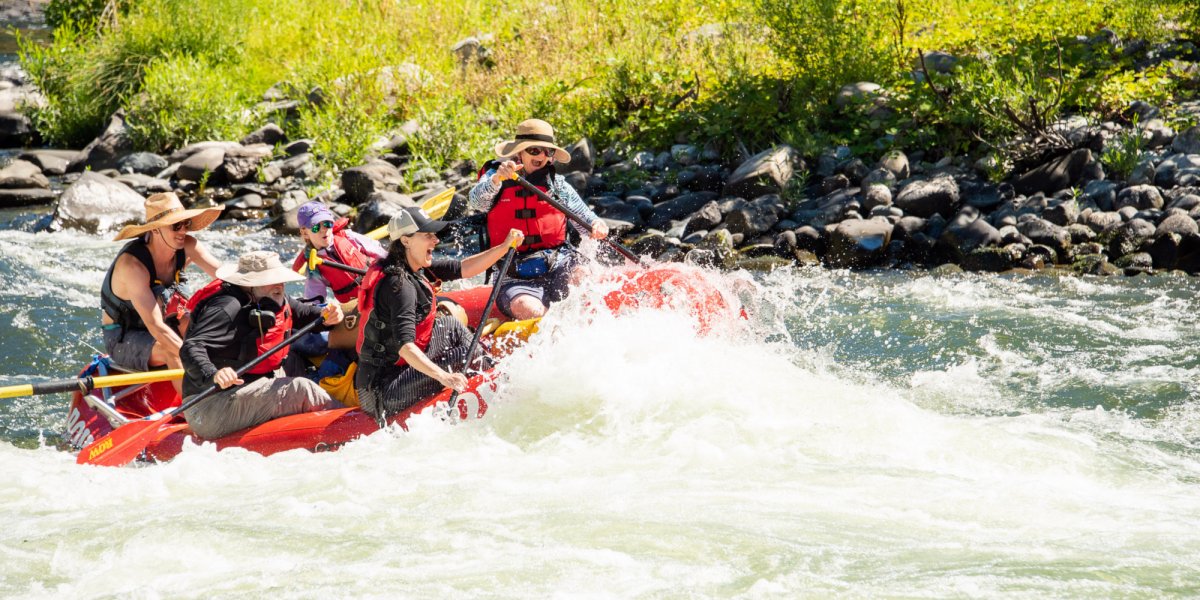class iii rapids definition
Slight limitation of ordinary activities eg after walking 2 blocks climbing one flight of steps under normal circumstances after meals in the cold wind in the morning or when. Suitable for everyone no experience necessary.

Fall River Rafting In Kern Valley Goes Back 40 Years Kern Valley Sun
Currents hydraulics will feel stronger possibly channeling between brief narrow passages.
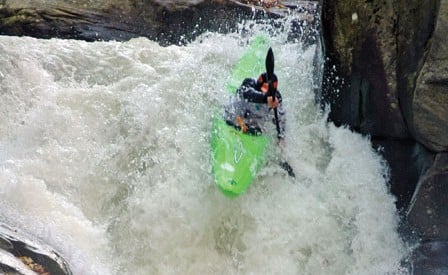
. Numerous irregular high waves. Rocks and eddies with passages clear but narrow and requiring experience to run. Rapids with moderate irregular waves which may be difficult to avoid and which can swamp an open canoe.
Rapids that are at the upper end of this difficulty range are designated Class II. Straightforward rapids with wide clear channels which are evident without scouting. Avoiding rocks river bends or other obstacles may require simple maneuvering.
Some rough water maybe some rocks small drops might require maneuvering skill level. These are the definitions of each class according to American Whitewater. Medium Rapids of low difficulty with passages clear.
Class III wet and fun rapids will get you soaked head. Class III - Extremely Difficult Whether youre a beginner or a seasoned rafter youll want to find the right rapid for you. Occasional maneuvering may be required but rocks and medium.
They can include waves and small stoppers which should be easy to navigate. Class III - Moderately difficult. Grade 2 rivers are the next step up from Grade 1.
Class II Whitewater. Fast moving water with riffles and small waves. Class III Rapids Class III rapids feature waves up to 4 or 5 feet tall that will crash over the bow.
A guide is preferable for these rapids but not required. Class II rapids are usually easy to navigate and typically. Visual inspection required if rapids.
Easy rapids with smaller waves clear channels that are obvious without scouting. If rapids are unknown visual inspection is. Very small rough areas requires no maneuvering.
Swimmers are seldom injured and group assistance while helpful is seldom needed. They can also include eddies where you can catch. Class I moving water will let you comfortably float down the river.
Our Sit-on-Top Kayaking trip for beginners is a perfect Class II. You may get splashed Regular waves easy to see may reach 3 to 4 feet in height. Some maneuvering might be required.
Complex maneuvers in fast current and good boat control in. Very small rough areas requires no maneuvering skill level. Rocks and eddies with passages clear but narrow and requiring experience to run.
Class II splashes will get your legs wet just over the side of the boat. Some rough water maybe some rocks small drops might require maneuvering. Class II rapids feature a Class II subcategory reserved for rapids on the more complex end of this category that dont qualify as Class III rapids.
Numerous high and irregular waves.
Information About Mexico Travels And Tourism Explorando Mexico
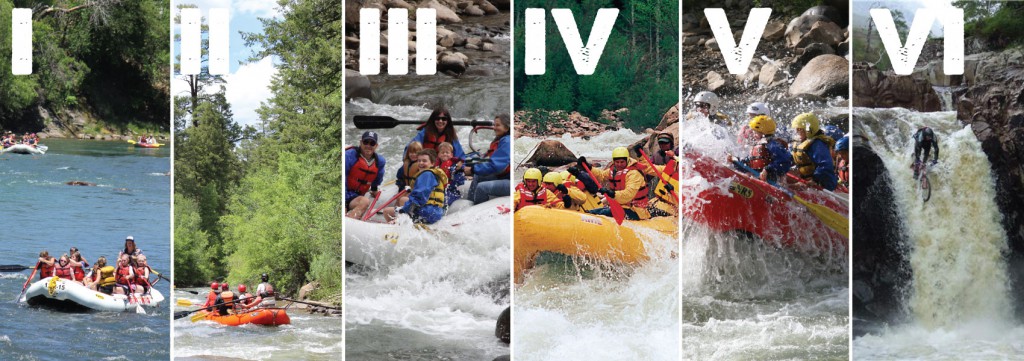
Rafting Trip Choosing The Right Rapids For You Mild2wildrafting
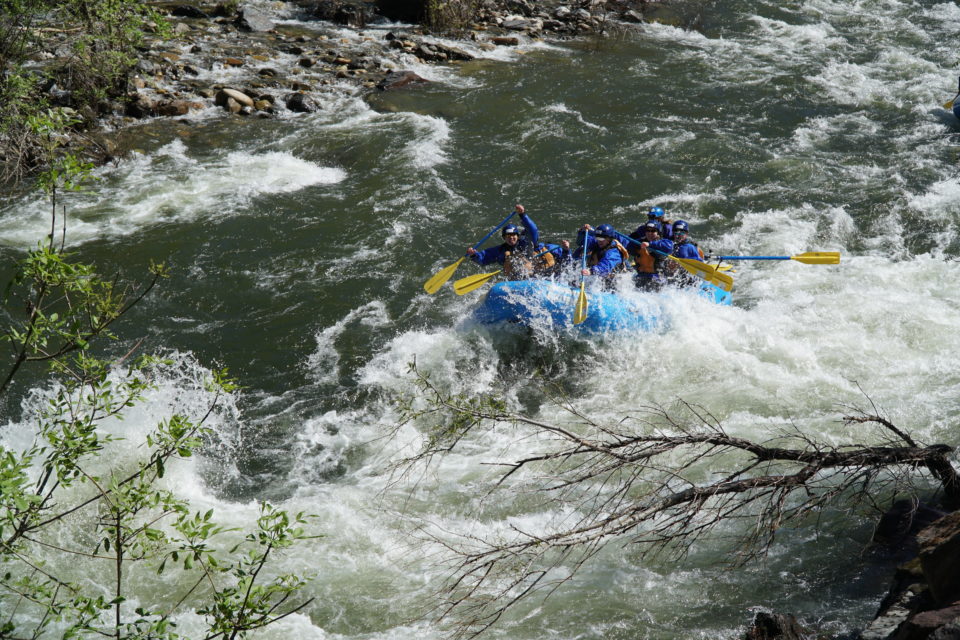
What To Expect When Class 4 White Water Rafting
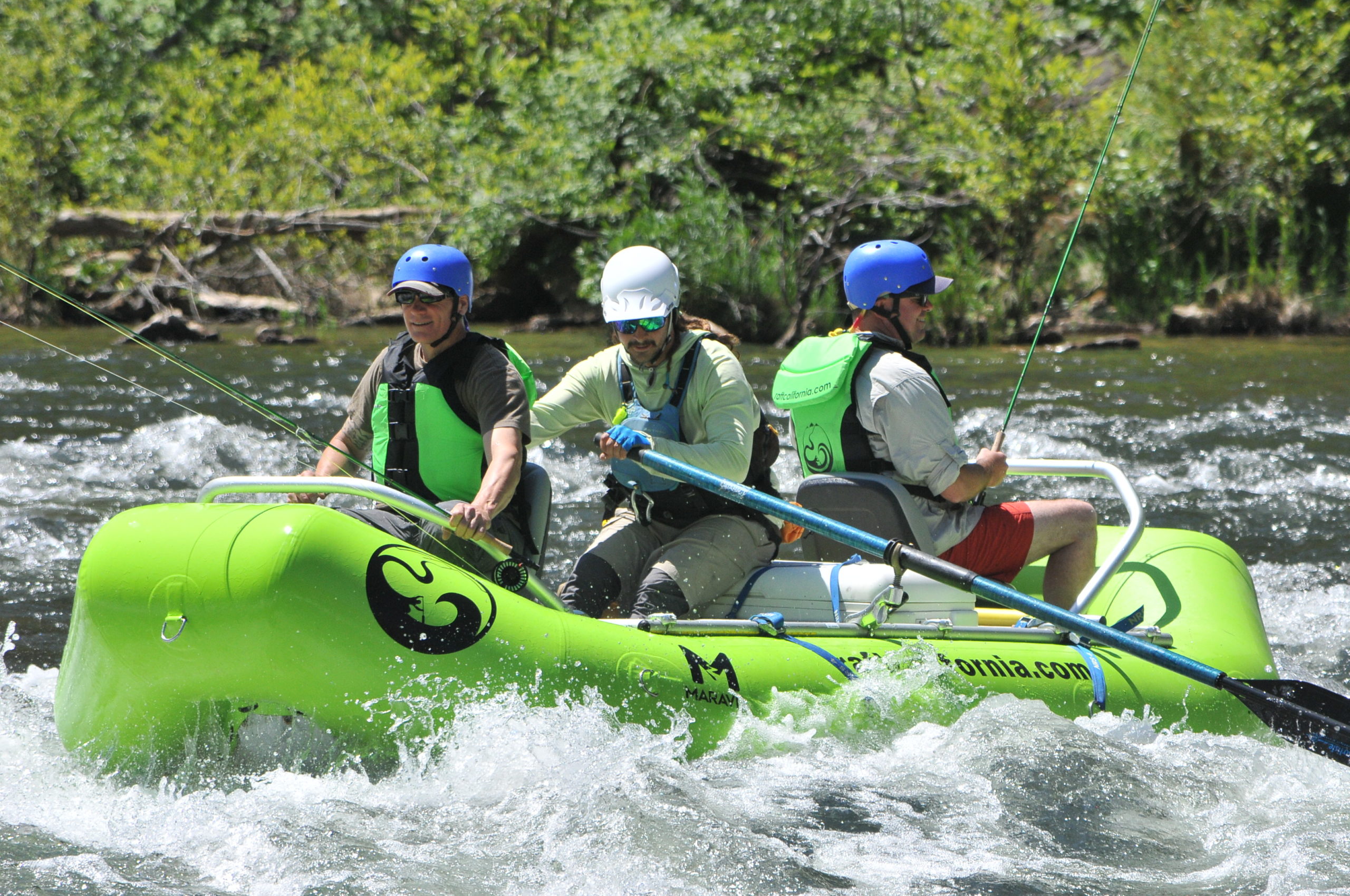
Class Iii California Whitewater Rafting California Rafting

The 10 Biggest Whitewater Rapids Northwest Rafting Company
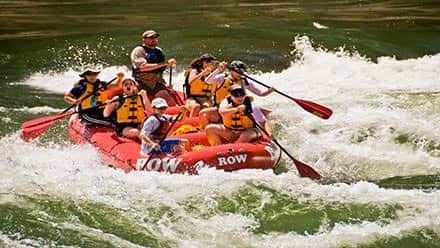
Whitewater Rafting Levels And Classifications
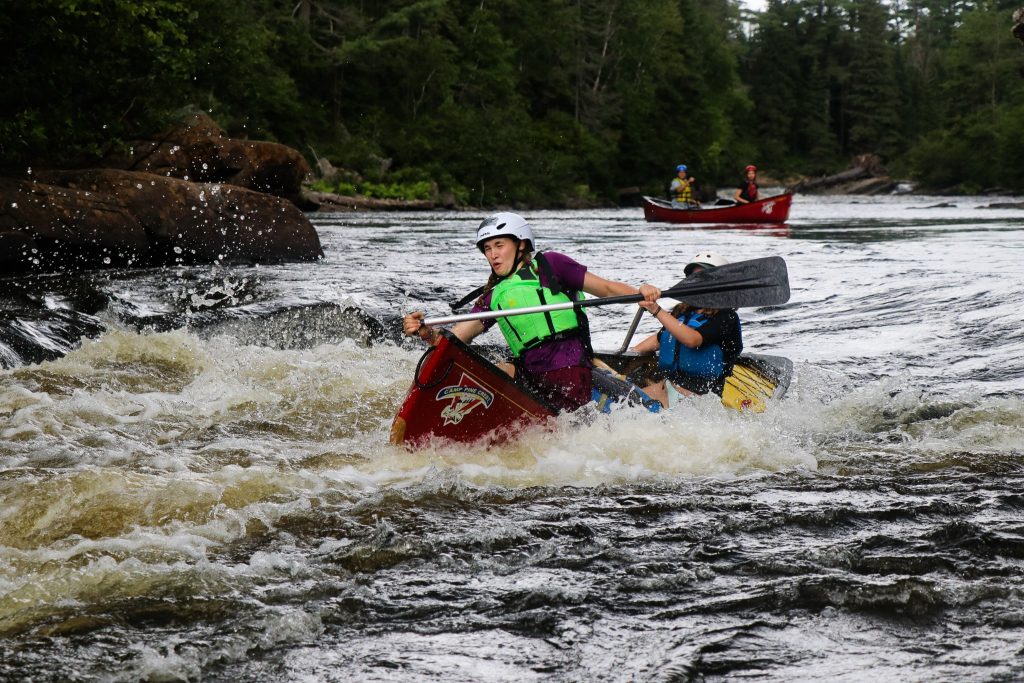
Guide To Rapid Classification With Pictures Video Voyageur Tripper
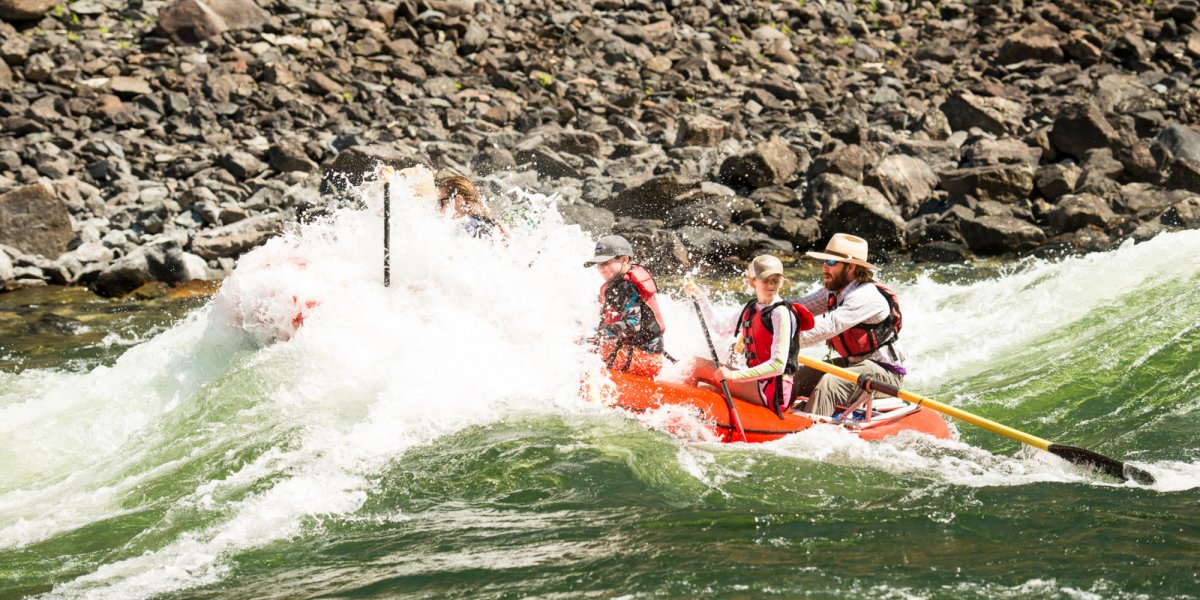
Whitewater Classifications Explained Row Adventures
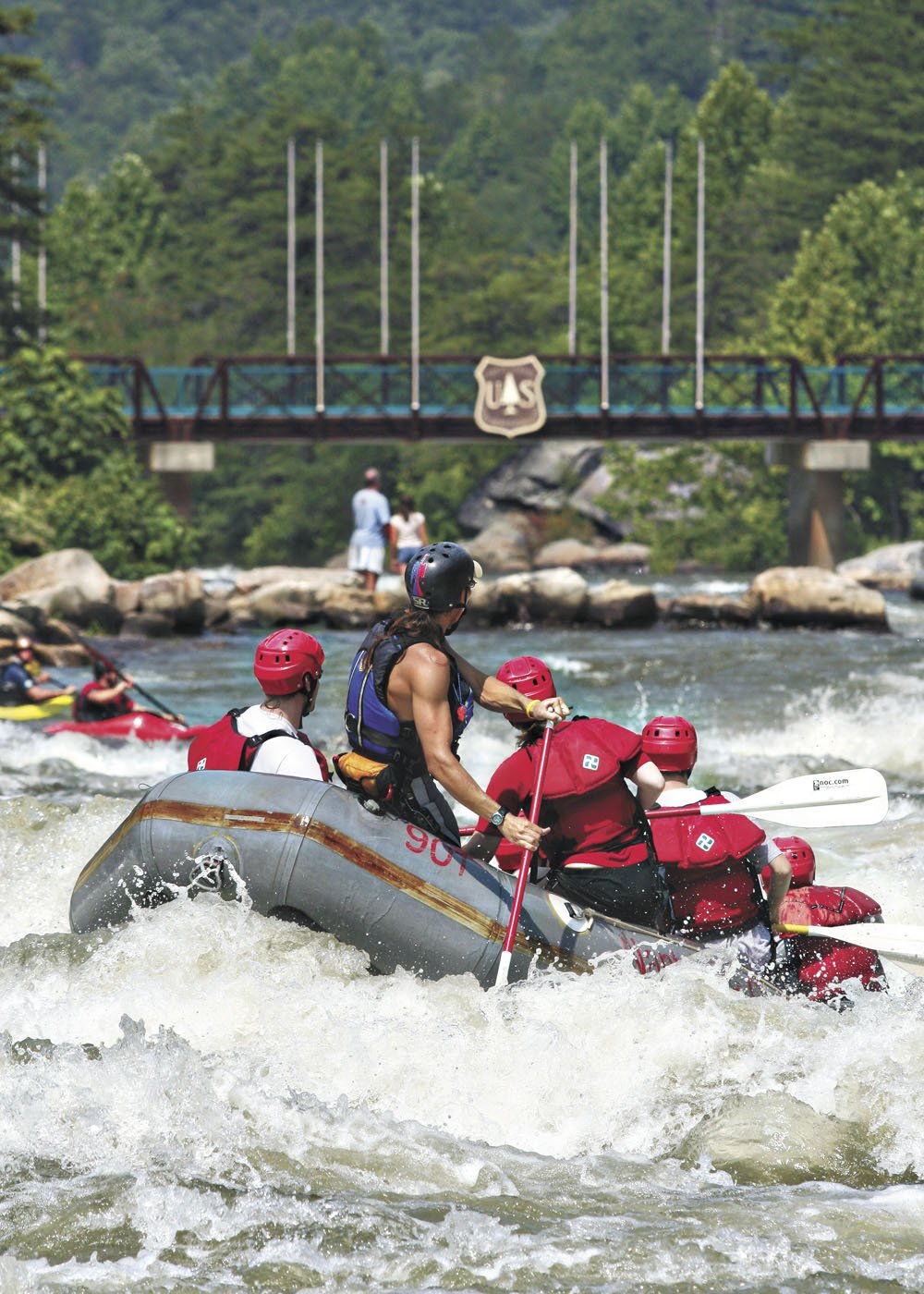
Head Of The Class Best Rapids For Every Level

Classification Of Whitewater River Rapids

Guide To Rapid Classification With Pictures Video Voyageur Tripper
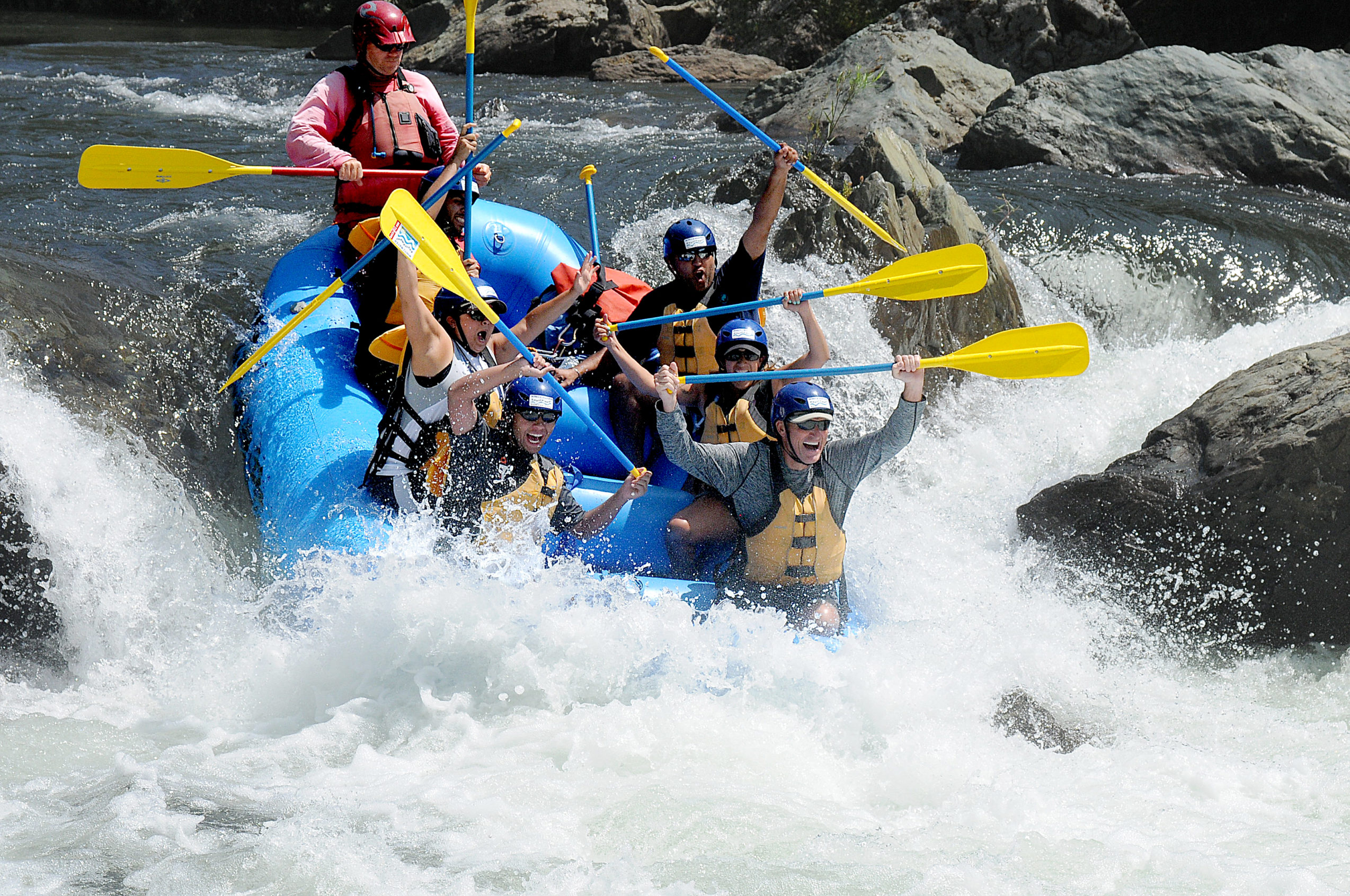
What To Expect When Class 4 White Water Rafting

Inflatable Whitewater Kayaks Introductory Guide To Kayaks For Rapids
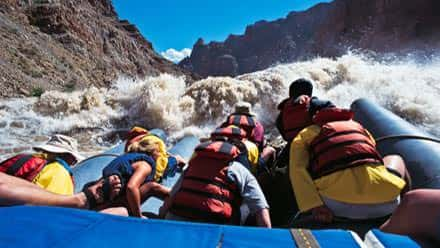
Whitewater Rafting Levels And Classifications
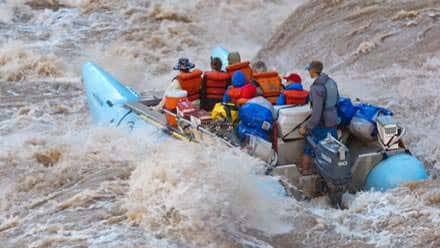
Whitewater Rafting Levels And Classifications
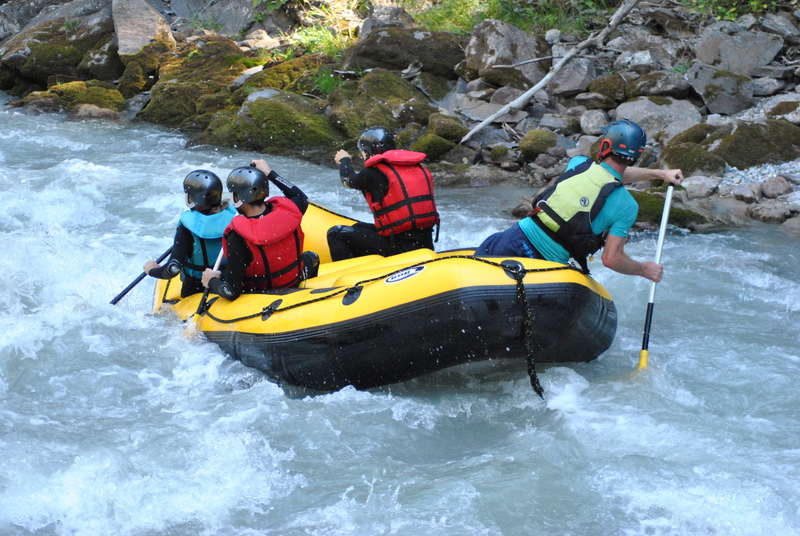
River Difficulty Rating In Rafting Kayaking And Whitewater Sports

The Drought Might Be Bad But California River Rafting Is The Best In Decades
